Thermowood decking is valued across the world for its great looks, durability, and low maintenance. Not to mention the chemical-free production process that only uses heat and steam to enhance the performance of natural wood.
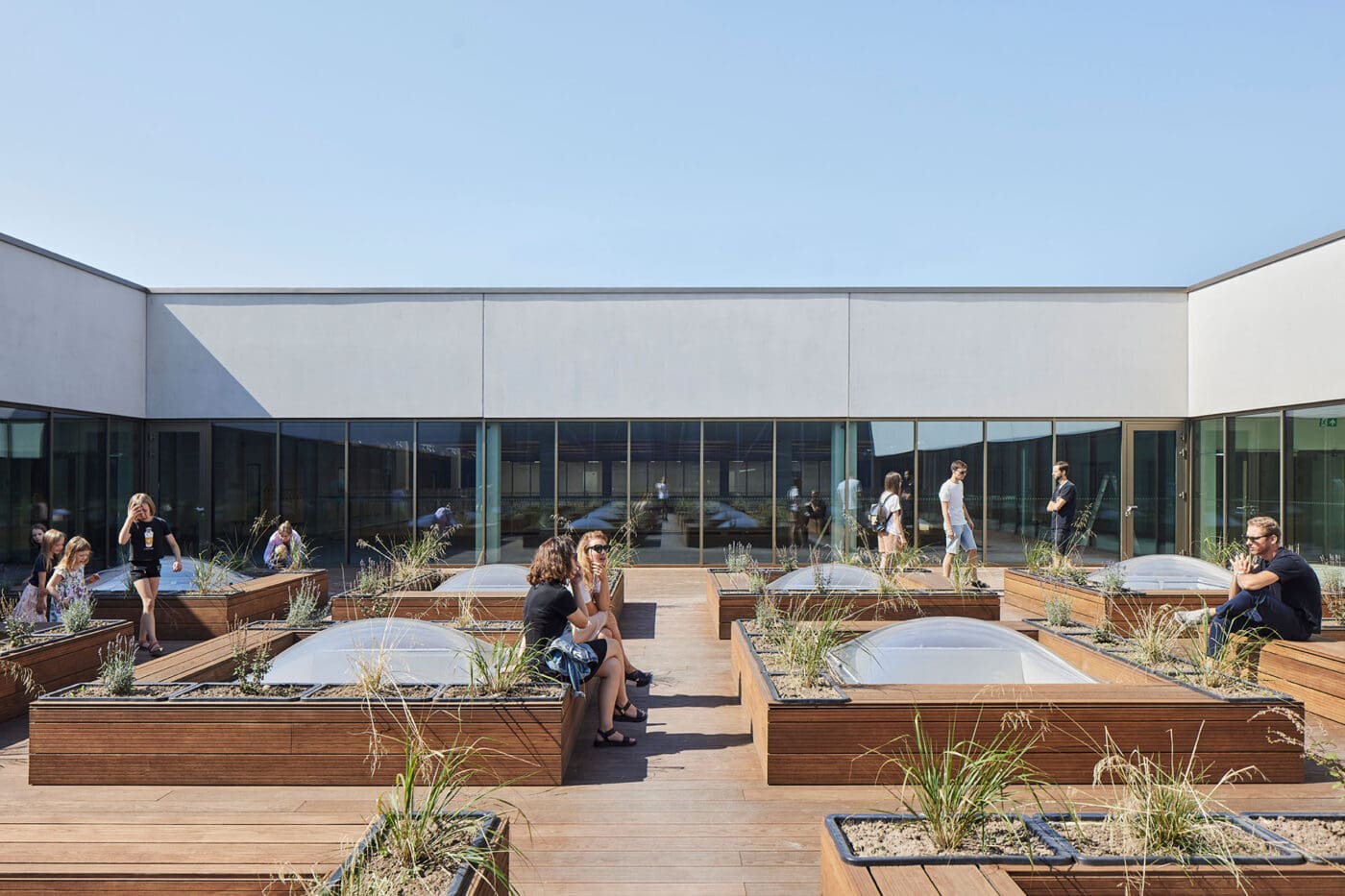
Deckings, especially in public spaces, get a lot of foot traffic. That means it has to be durable. There are not many natural materials that offer the kind of expected lifespan as thermally modified wood does.
Thermal modification is a chemical-free process that uses only heat and steam to modify wood. During this process, the wood’s moisture absorption lowers. Therefore, the boards twist, cup, and bend less than untreated wood in outdoor use, with less shrinkage and expansion. This dimensional stability allows for even the most intricate decking patterns to stay straight and beautiful.
Beyond durability, thermowood decking is remarkably low maintenance. Besides regular cleaning, it doesn’t require much. While oiling or coating can preserve the rich brown color, it’s entirely optional. The wood naturally weathers to a beautiful silver-grey without losing its structural integrity.
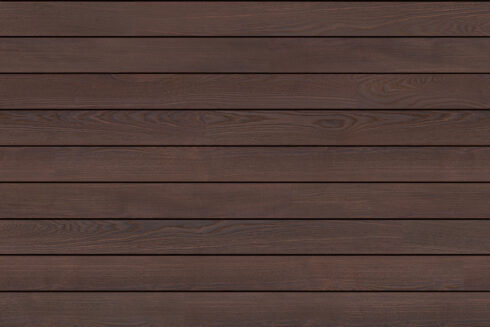
Ash is a premium decking wood with a beautiful deep brown look and highest possible durability class, making it a great alternative to tropical hardwood.
View products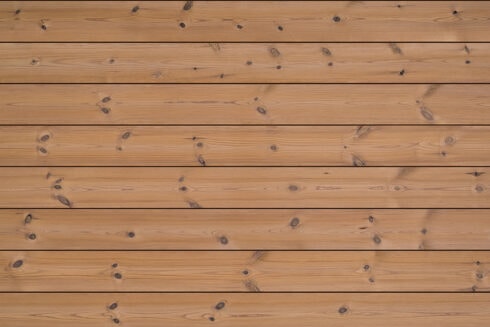
Pine has an attractive golden-brown color and a characteristic knotted pattern. Thermal modification adds decades of rot resistance to this softwood without the use of chemicals.
View products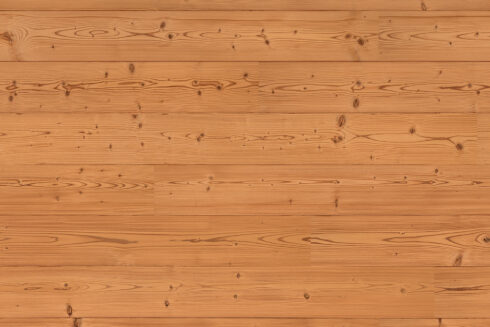
Spruce offers exceptional rot resistance and longevity combined with rustic knots and a naturally light golden-brown color. Sourced from Scandinavia, spruce is perfect for demanding climatic conditions.
View products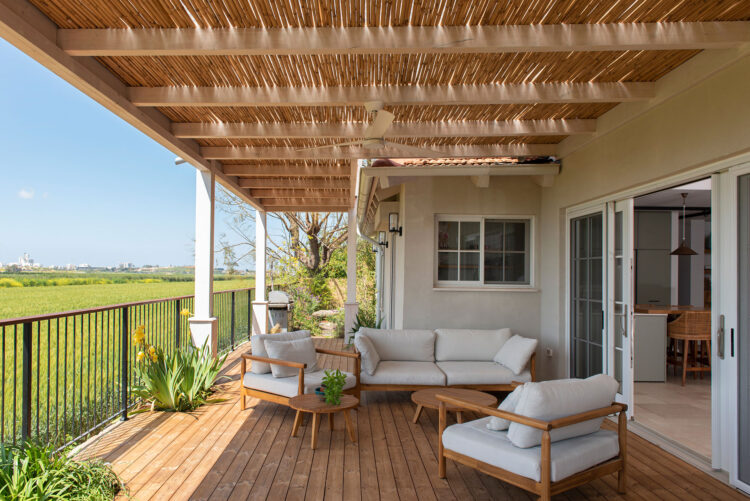
When choosing materials for the home, people often look for natural and sustainable materials. Thermal modification uses only heat and steam to enhance the wood, no chemicals needed.
The surface of thermowood is very smooth and hidden fixing ensures that there are no visible screw holes, making the decking barefoot safe and pleasant to walk on.
For residential projects, many opt for thermally modified pine as it is beautiful, durable, and reasonably priced.
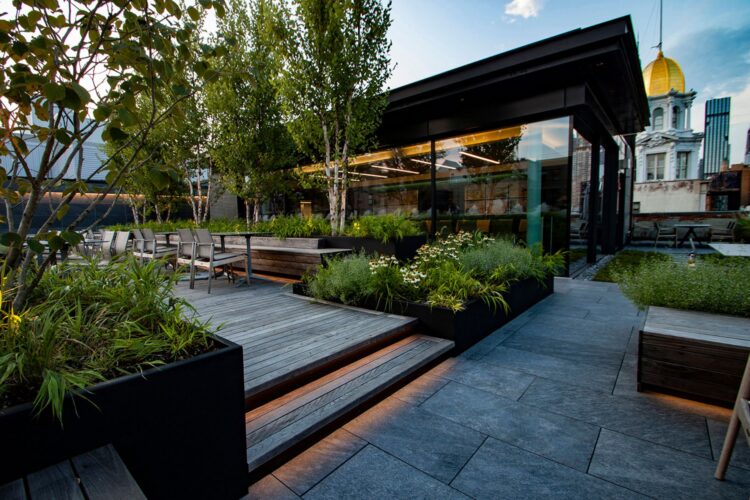
Rooftop terraces are becoming increasingly popular as people seek out their own patch of greenery in the urban landscape. Often, these spaces are fully exposed to sun, wind, and rain, demanding resilient materials. Thermowood decking, particularly thermally modified ash, is a perfect fit. It’s lightweight, easy to cut on-site, and quick to install. The same material can be used across decking, planters, windscreens, and benches for a cohesive look.
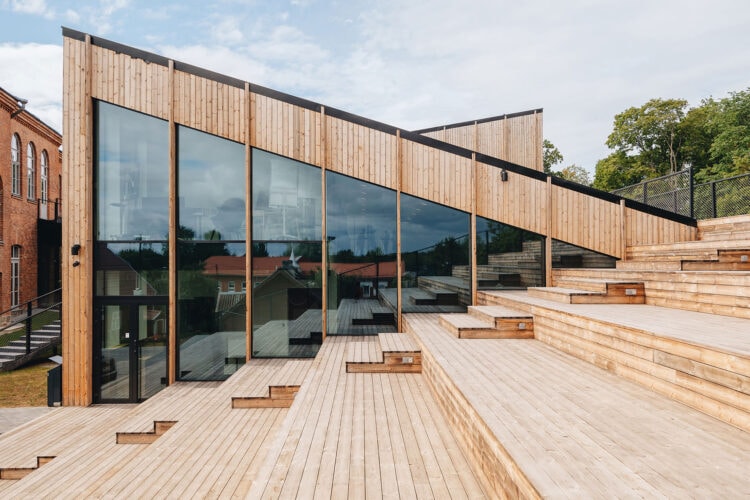
In public spaces, durability is a must. Compared to other natural materials, thermowood decking offers a long lifespan with minimal maintenance. Creating inviting outdoor spaces with warm ambiance (as wood does), brings human scale to otherwise large spaces.
Additionally, hidden fixing provides a sleek, clean look suitable for many architectural styles.
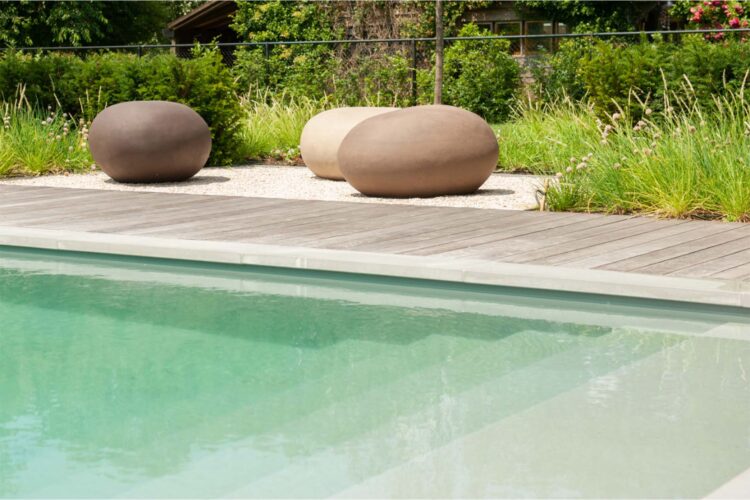
Few natural materials are as well-suited to pool areas as thermowood. It doesn’t overheat under the sun, and its smooth surface feels comfortable underfoot. The wood’s natural resistance to moisture and its ability to maintain shape make it an ideal choice for pool surrounds.
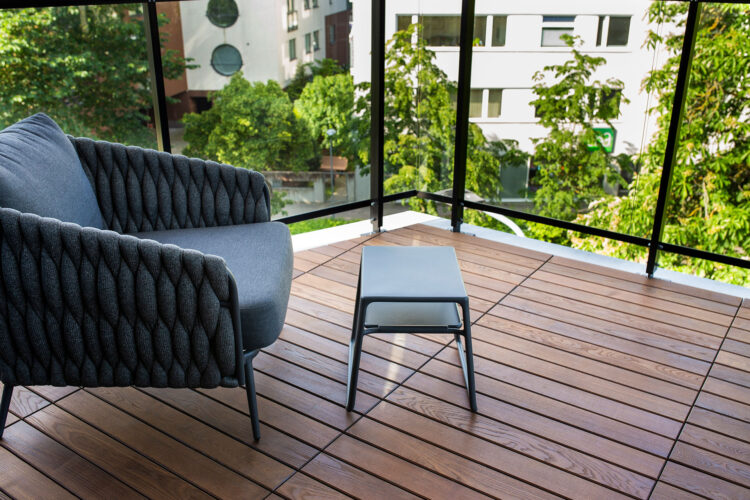
Installing wood decking on small balconies is easy with modular wood decking tiles. With no substructure, tools or even screws required, decking modules can be quickly and easily connected with the help of weatherproof plastic supports.
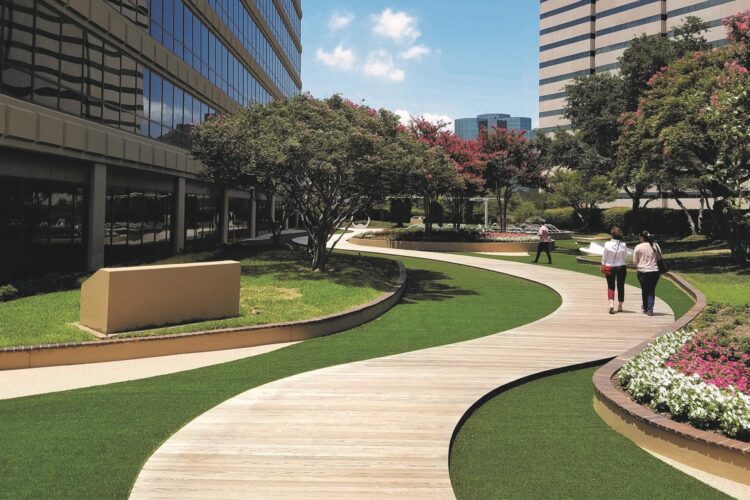
Walkways, piers, and terraces in parks need to handle heavy use and unpredictable weather. Thermally modified wood has excellent durability, ash being in durability class 1 (25+ years’ protection against wood decay) and pine in class 2 (15+ years’ protection against wood decay).
Thermowood weathers to silver grey color quite fast when exposed to sun, but that doesn’t affect its durability. Many architects embrace the natural weathering as part of design.
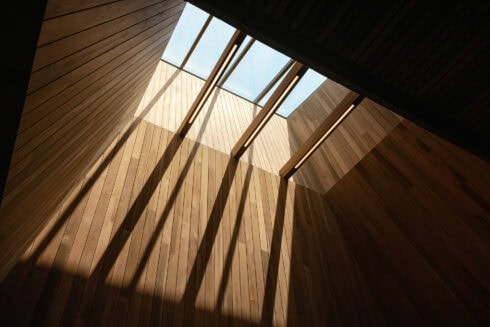
The Thermory Design Awards 2025 once again shine a spotlight on the most inspiring uses of thermally modified wood in architecture and design. This year’s...
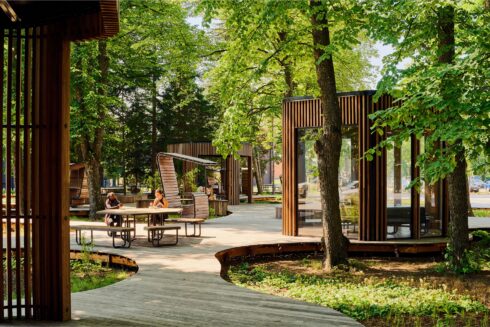
When it comes to decking, there are many options from natural wood to plastics and everything in between. It’s no secret that we at Thermory prefer...
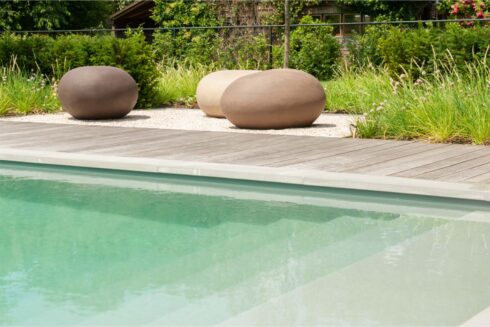
Looking to create a poolside space that’s as durable as it is beautiful? Thermo-ash decking is the perfect choice for stylish, low-maintenance outdoor...
Rooftop spaces...
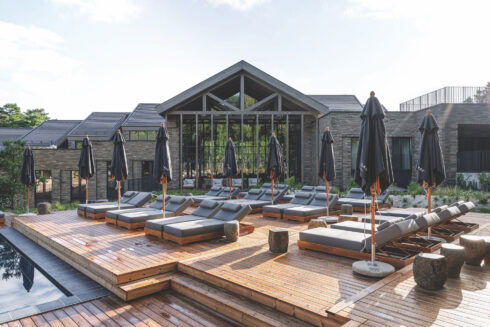
Wood decking adds...
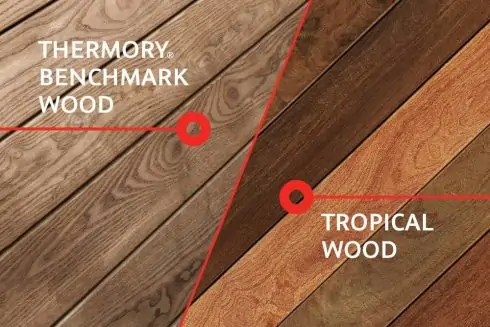
As the construction and design industries evolve, so does the demand for sustainable, high-performance building materials. For over 25 years, Thermory has...
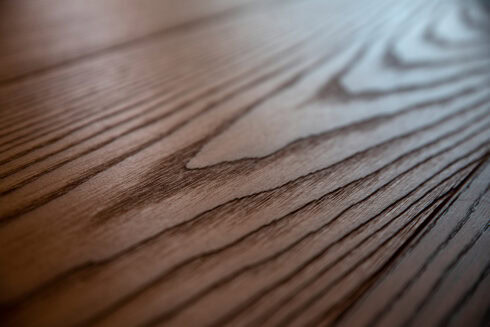
Picture a wood that balances elegance, durability and versatility – a natural material that not only meets your demands but also exceeds your...

Combining different wood species, finishes and profiles brings variety to any interior or exterior design, delivering a tantalizing injection of texture and...
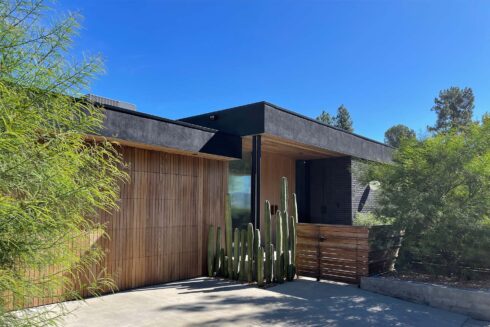
We were curious about the architecture trends and the popularity of timber in Australia, so we asked our down under partner, McCormacks Australia, to tell...
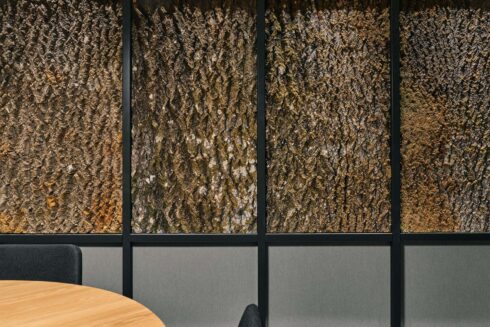
In the quest to shift our world towards more sustainable practices and circular processes, designers are increasingly turning their attention to...
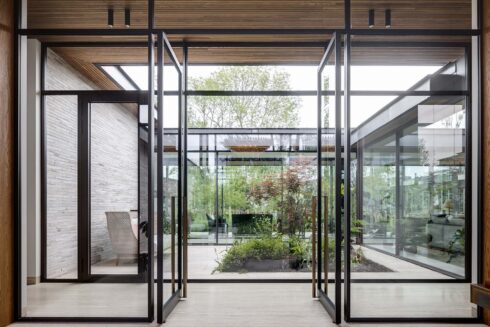
As architects and landscape designers, creating indoor outdoor living spaces that are sustainable and eco-friendly is more important than ever. With a...
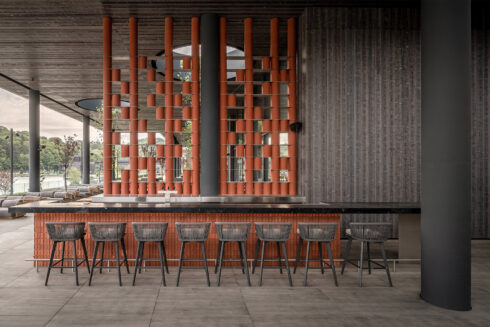
Thermory Design Awards is part of Thermory 25 celebrations for acknowledging and rewarding our...
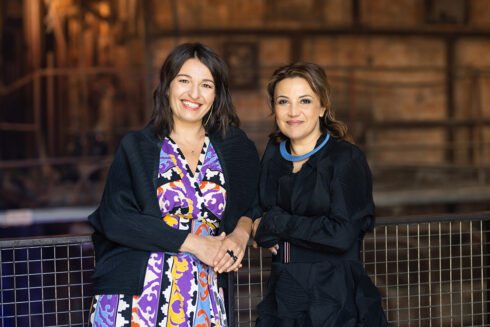
Curators of Tallinn Architecture Biennale 2022 exhibition “Edible ; Or, The Architecture of Metabolism”, Lydia Kallipoliti & Areti...
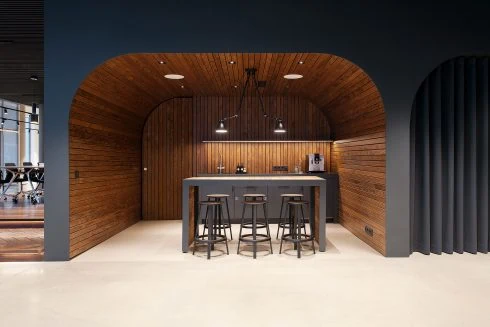
The aim of biophilic design is to create buildings and spaces that enable harmonious, naturally enjoyable experiences for their users by promoting the...

The purpose of biophilic design is to create spaces that deliver benefits for both human health and the environment by nurturing people’s innate affinity...
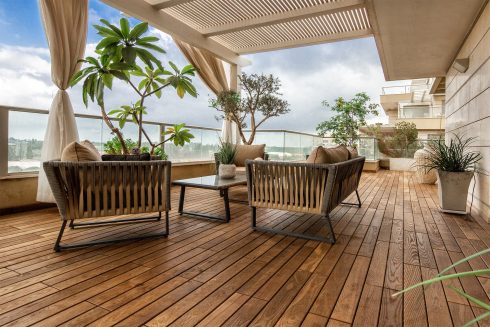
Introduce comfort, style and practicality into your outdoor space so that you can enjoy more time in the fresh air during the coming warmer...
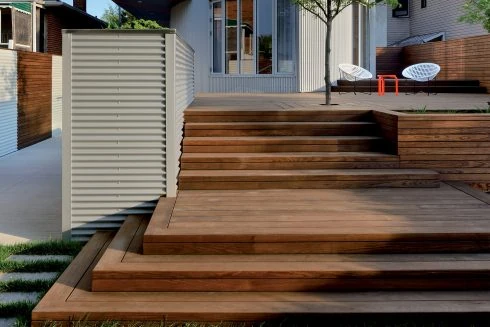
Summer is just around the corner, and as we eagerly look out to see the evidence of rising temperatures, that can only mean one thing...
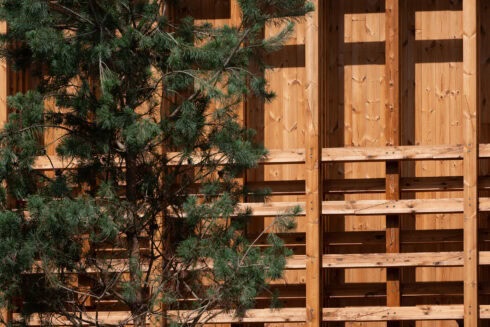
When it comes to...
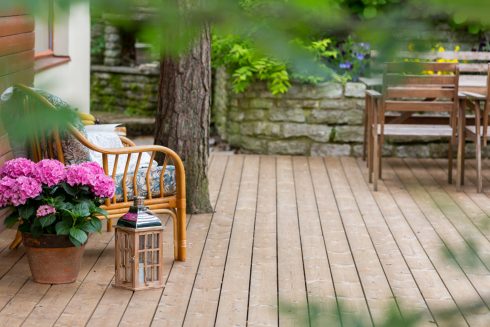
Home is where the heart is – a place where the whole family can feel safe and warm. The building materials you choose should enhance this feeling and...
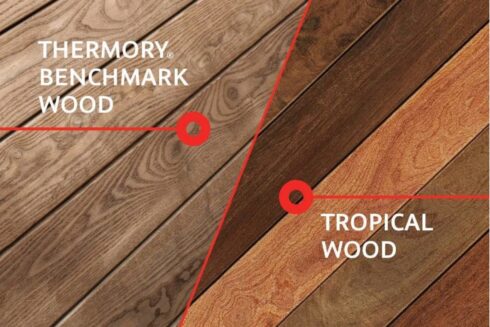
For decades, tropical hardwoods have been prized for their density, durability, and rich appearance. But their popularity comes at a high cost. Many of...
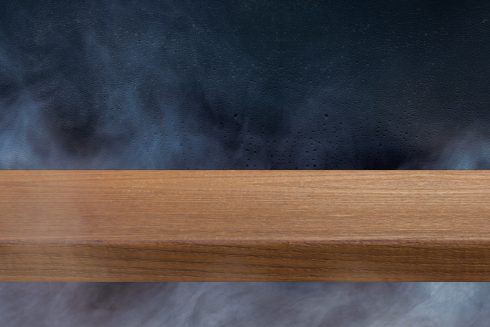
Thermally modified wood, often referred to as thermowood, is real wood enhanced using only heat and steam to improve its durability, dimensional stability,...
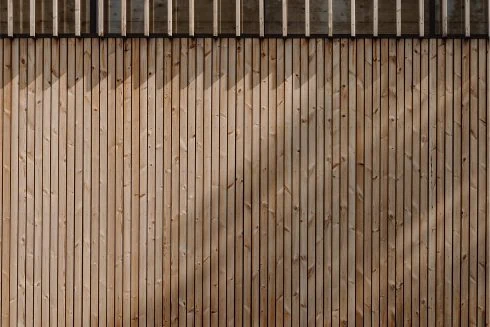
With rising concerns about climate change, the world community’s responsibility to reduce our carbon footprint rests with each and every individual and...
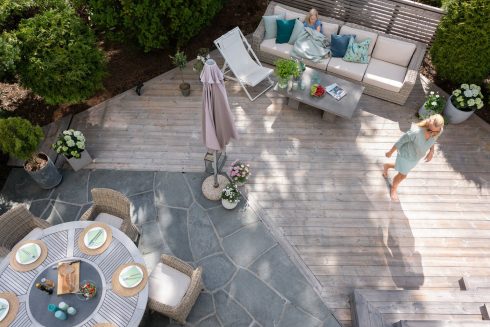
Wood is a natural material – and that’s part of its magic. Over time, its appearance changes, especially when exposed to the elements. Thermory’s...
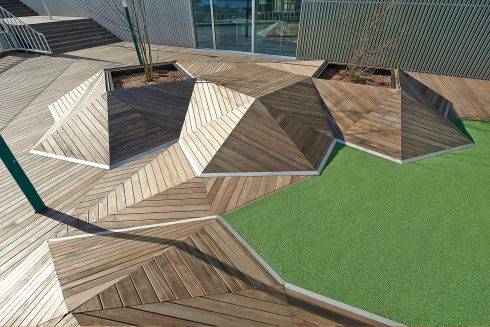
You’ve selected the perfect decking for your outdoor space – now you just need to decide how best to secure it in its chosen location. There are two...
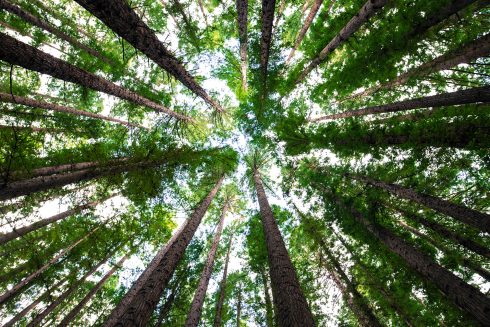
Great design is more than just aesthetics—it’s about how a space makes you feel. Increasingly, research confirms what many have intuitively known: wood...
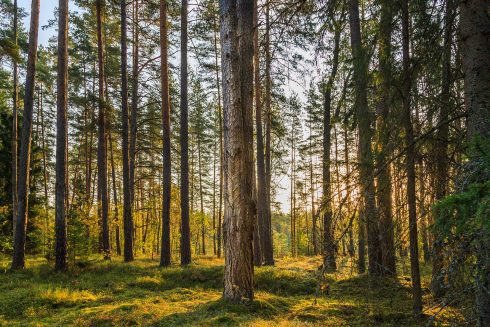
Ensuring the highest quality with the smallest possible ecological footprint and responsible use of resources are all principles that we consider important...
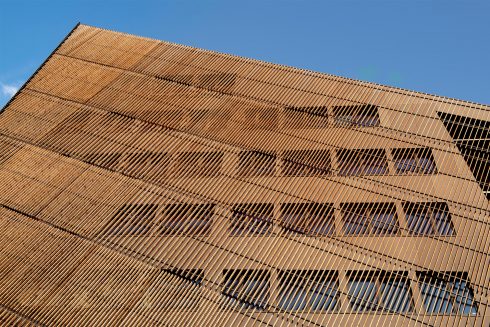
Throughout the history of architecture, surely no other material has been as influential as wood. It’s rare to see a building that’s been produced...
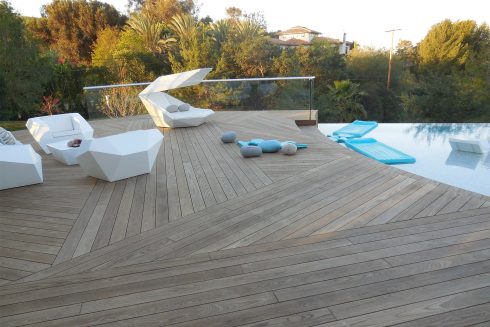
When considering how you’ll lay your new deck, there are many more options to decide between than simple vertical or horizontal alignment. In fact, with a...
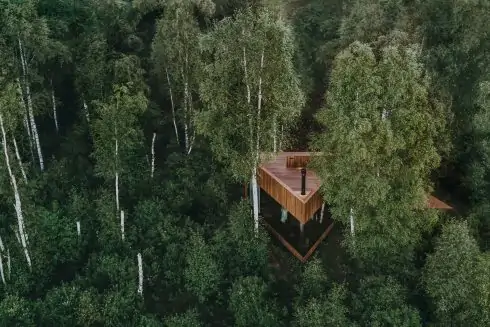
A trend is taking root in the worlds of architecture and interior design based on using natural materials and living plants to better...
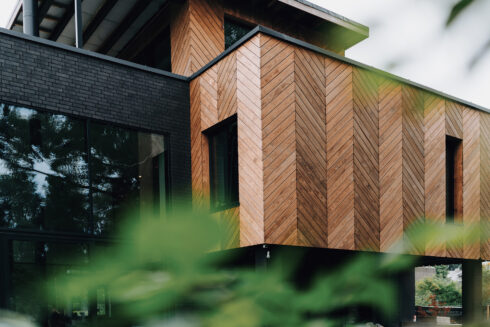
If you’re considering which wood types to use for a renovation or construction project, there are several considerations that may influence your decision...
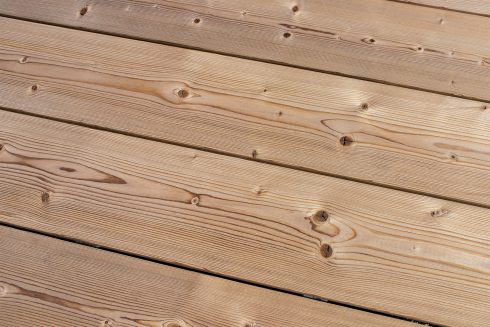
The wood-paneled interiors so common to mid-century homes have become sought after again, as many seek the warm, cozy feeling that the natural material...
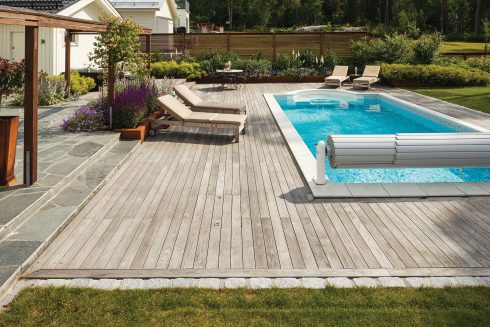
The warmth of springtime is fast approaching, and our thoughts are naturally turning towards spending more time outside. If you have a wooden terrace or...
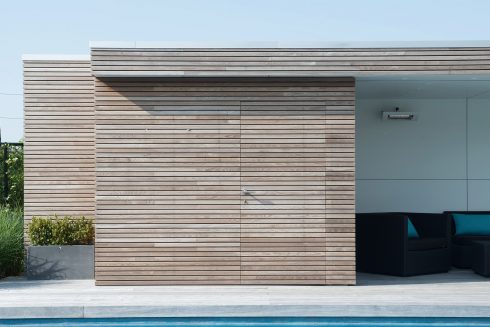
PaCS (Press and Click System) product ranges combine high-quality Thermory thermowood with the unique installation system by Grad. It is a popular hidden...
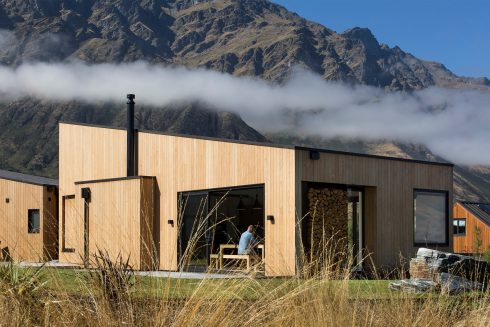
No matter where you live when you’re choosing a decking or cladding material, you’ll have to be mindful of how that material will change over time...
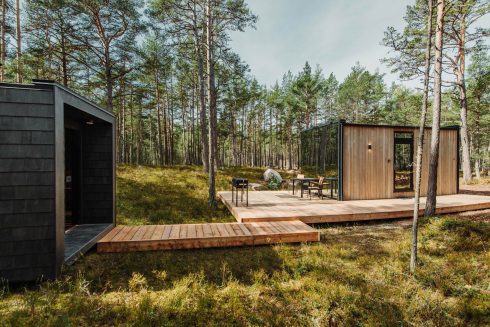
The tiny house movement has gained more momentum in the last decade, but why? It is based on tiny living: owning less so that what you own doesn’t own...

In 2022, the global megatrend of sustainable architecture and building practices will continue. Architecture trends influence the choice of materials both...